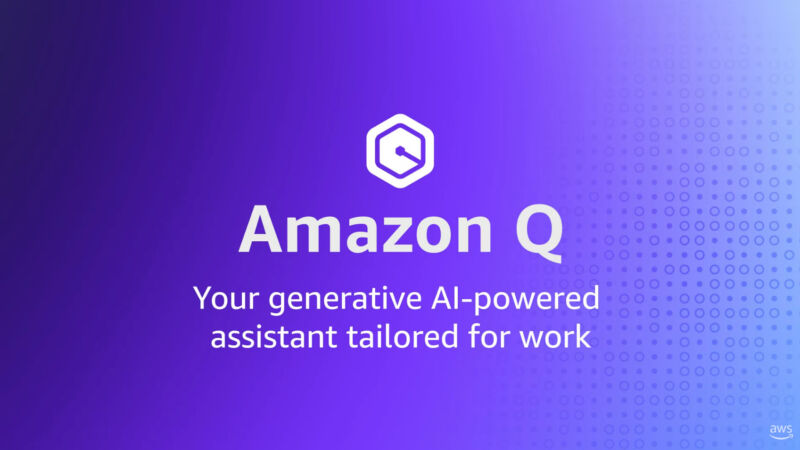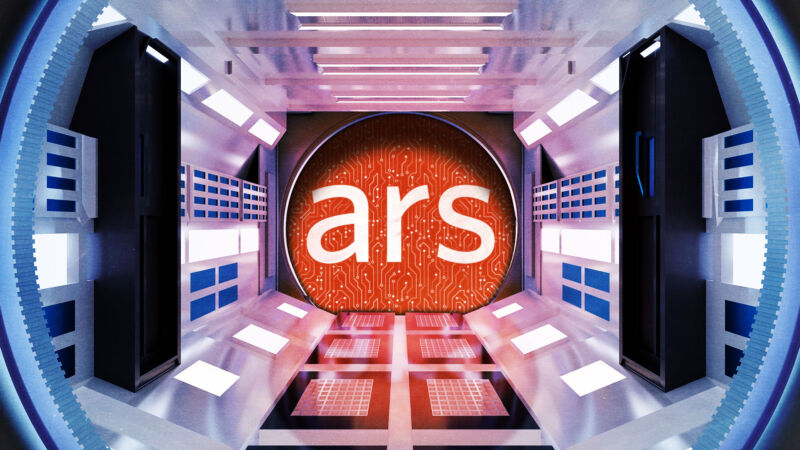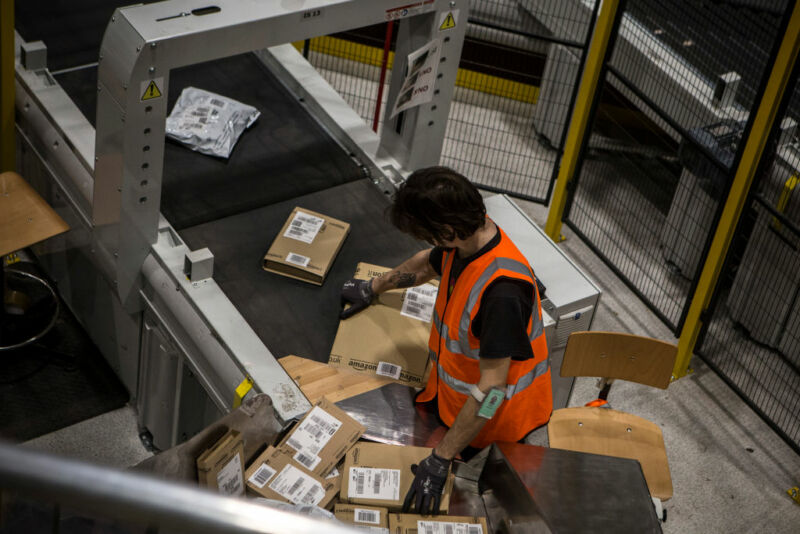-
 chevron_right
chevron_right
Redis’ license change and forking are a mess that everybody can feel bad about
news.movim.eu / ArsTechnica · Monday, 1 April - 17:47

Enlarge / An Amazon Web Services (AWS) data center under construction in Stone Ridge, Virginia, in March 2024. Amazon will spend more than $150 billion on data centers in the next 15 years. (credit: Getty Images)
Redis , a tremendously popular tool for storing data in-memory rather than in a database, recently switched its licensing from an open source BSD license to both a Source Available License and a Server Side Public License (SSPL).
The software project and company supporting it were fairly clear in why they did this. Redis CEO Rowan Trollope wrote on March 20 that while Redis and volunteers sponsored the bulk of the project's code development, "the majority of Redis’ commercial sales are channeled through the largest cloud service providers, who commoditize Redis’ investments and its open source community." Clarifying a bit, "cloud service providers hosting Redis offerings will no longer be permitted to use the source code of Redis free of charge."
Clarifying even further: Amazon Web Services (and lesser cloud giants), you cannot continue reselling Redis as a service as part of your $90 billion business without some kind of licensed contribution back.





